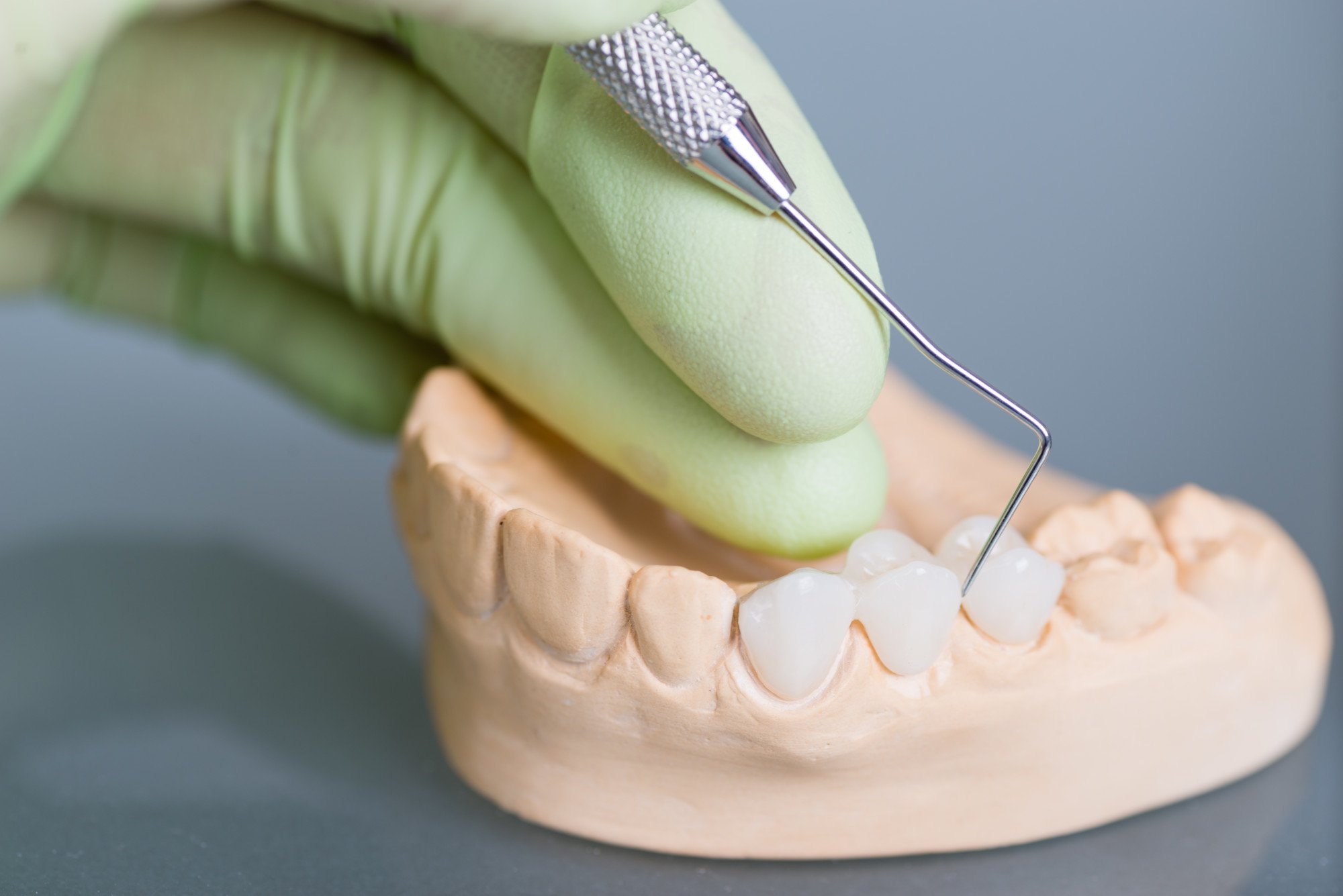
Have you noticed that your child has recently been much taller than their peers? If they’ve been experiencing an odd growth spurt, it’s essential to take some time to discuss this with them and their doctor.
Occasionally, kids experience something called a growth spurt during their growth period. This is something that shouldn’t be ignored.
Let’s discuss how to address growth spurts in kids.
Signs of a Child’s Growth Spurt
The most common sign of a growth spurt is an increase in appetite. As children grow and develop, their bodies need more energy and nourishment, so it’s normal for them to become overly hungry.
Parents should also expect to see a growth in height, as well as an increase in weight. Children may need more sleep, as growing takes a lot of energy.
Other signs of a growth spurt may include an increase in energy or activity levels and temporary changes in mood as they adjust to their growing bodies. As a parent, it is essential to know the typical signs of a growth spurt and provide your child with the necessary nourishment and rest.
Adjusting to Changes in Eating Habits
It is usual for your child to go through periods of increased hunger and cravings. It’s important to note that allowing your child to eat more does not mean they will become overweight. Instead, it’s a natural part of body development.
You should provide your child with healthy and nutritious meals rich in vitamins and minerals to support their nutritional needs. At the same time, it is essential to be understanding of their emotions and provide reassurance of your love rather than criticize their changes.
With patience and understanding, you and your child can navigate through their growth spurt and the changes in eating habits.
Physical Changes During a Growth Spurt
A child going through stages of puberty will experience a change in almost every part of their body. Awareness of the changes is essential to help them understand that this is only natural.
Rapid Height Changes
During a growth spurt, a child can grow in height more quickly than usual, usually with a gain of 2 to 5 inches in three months. Rapid height changes can cause stress to the body and joints, resulting in temporary growth pain in children.
While rapid height changes may cause minor physical discomfort, they are a necessary and natural phenomenon of a child’s growth and development.
Being Prone to Acne
During a growth spurt, a child’s body is particularly susceptible to developing acne as their hormones become more active. Increases in hormones such as testosterone in boys and estrogen in girls can cause the overproduction of oils which can clog pores leading to breakouts.
To determine the best course of action, it is essential to talk to your child’s doctor if persistent acne is noticed during their growth spurt. Reviewing their diet and lifestyle to reduce stress can also be beneficial.
Body Odors Increase
As the body produces more hormones, the sebaceous glands increase sebum production. It is an oily substance that makes hair look greasy and traps sweat.
Sweat carries body odors and is produced by the apocrine sweat glands present only in humans. As the body’s sweat output grows, body odors also increase. Children should practice good hygiene habits as the body changes and matures to keep odors in check.
Hair Growth in Intimate Areas
Young children and teenagers experience an increase in hormones. These hormones are responsible for the growth of coarse, dark hair. They may appear on the pubic area, around the nipples, and in the armpits.
Boys may start to develop facial hair during this period of growth. Even though hair growth in intimate areas may be disconcerting for children, it’s a normal and necessary part of development.
Reproductive Organ Development
During a growth spurt, male reproductive organs such as the testes, penis, and scrotum grow larger. Changes in hormones also cause an increase in the production of sperm.
On the other hand, female reproductive organs such as the uterus, ovaries, and vulva start to grow in size. Hormones also cause the development of breast buds. The growth of reproductive organs is vital to physical development during growth spurts.
Foot Size Changes
When children reach 2-3 years old, their feet increase, and they grow into their shoes. The child’s feet will be close to their adult size at the end of the growth spurt.
As the child moves through adolescence, their foot size can also change slightly, but the bulk of the growth typically occurs during the early childhood years. It’s essential to ensure that children are wearing the correct size shoes to avoid foot deformities and other problems in adulthood.
Getting Enough Nutrition During Growth Spurt
When a child goes through a growth spurt, their body needs more nutrition to maintain healthy growth. Without enough food, physical and mental development can be compromised.
During a growth spurt, children need more portions of healthy foods with various nutrients, including proteins, carbohydrates, fats, vitamins, and minerals. Conditions like anemia or poor dental health can increase a child’s risk for inadequate nutrition.
Parents can ensure their child receives the nutrition they need during growth spurts by taking them to the doctor for regular check-ups, providing balanced meals and snacks, and increasing the servings of certain food groups, such as fruits and vegetables. Ensuring your child receives the nutrition they need to grow and develop can help keep them healthier over the long term.
Adapting to Adjustments in Clothing
When your child goes through a growth spurt, it is important to adjust their clothing to accommodate the changes in their body size. Kids can grow out of their clothes within months or even weeks.
As a parent, it is important to adjust their clothing to keep them comfortable and ensure they have access to clothing that will fit them properly. This means shopping for new clothes that are the correct size and keeping up with their body shape as it changes so they will have clothes that fit and look their best.
Parents should try to acquire new clothing for their growing child. This way, an entire wardrobe can be kept up to date, no matter how quickly they grow.
Changes in Sleep Patterns
When your child goes through a growth spurt, it is often accompanied by changes in sleep patterns. Lack of energy, growth hormones, and increased hunger can cause them to become sleepier than usual, which can cause them to take more naps or stay up later than expected.
While growth spurts won’t affect your child’s total sleep, they may need more sleep to compensate for the extra energy used. Additionally, growth spurts can cause trouble falling asleep or staying asleep.
Giving your child a consistent sleep schedule and a comfortable environment to work around changes in their sleep patterns is essential. If your child still has difficulty sleeping, consult your pediatrician for further help.
Psychological Changes of a Growth Spurt
Children may experience confusion and frustration over their changing bodies. They may also feel awkward and uncomfortable with the changes, and this could lead to low self-esteem.
If a child does not understand the changes, it can lead to further confusion and feelings of isolation. These psychological changes can have a lasting effect on self-esteem, outlook on life, and even the forming of social relationships.
Parents and educators must monitor the psychological issues that may arise during a growth spurt to help their children better adjust to the changes and support their developing self-image.
Coping with Body Image Changes Associated with Growth
A growth spurt can cause some body image changes, leading to insecurity and low self-esteem. It is essential to help your child cope with these changes during this period. One way to manage this is to talk to your child about how their body changes and the different emotions they may experience.
Provide positive reinforcement to help children develop a positive body image and practice self-care. Encourage activities such as exercise, healthy eating, and getting enough sleep to help your child stay physically and mentally fit during this time.
Make sure to support your child and provide them with all the information and support they need, as this period can be challenging.
Help Your Child Navigate Through Their Growth
Growth spurts can be physically and emotionally challenging for you and your child. Encourage your child to participate in sports, arts, and other enriching activities that will help them during this time.
Seek help from a pediatrician or healthcare provider if needed. Above all, be understanding and supportive of your child during this time. So don’t wait: talk to your child and be there for them during a growth spurt!
Did you find this article helpful? Check out more of our blogs!





